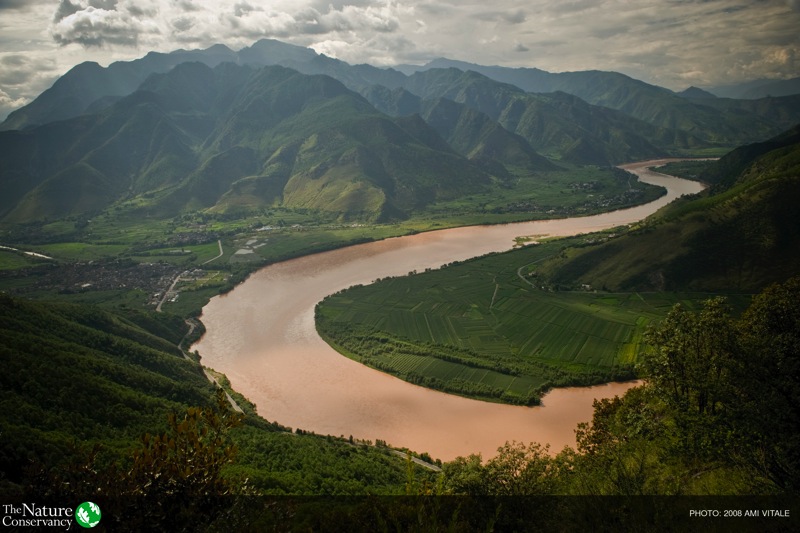New report charts the evolution of urban resilience
It’s 2009. The world has failed to reach a meaningful international climate agreement at COP15 in Copenhagen. Despite increased climate action, cities and regions are increasingly feeling the effects of climate change. Mitigation alone is not enough – cities and regions around the world need to build resilience.
Responding to this need, ICLEI launched the Resilient Cities Congress series in 2010 in Bonn, Germany, bringing local resilience to a world stage for the first time. The ten-year legacy of the Resilient Cities Congress has been captured in a new report, Resilient cities, thriving cities: The evolution of urban resilience, released today.

“Resilient Cities has been a pioneer and leader not only in defining resilience, but also in bringing granularity to the concept. Discussions have developed around financial structures, tools, insurance and project bankability. This broad, practical mix has always been the trademark of the Congress, and now of its Report.”
Katharina Schneider-Roos, CEO of Global Infrastructure Basel (GIB) Foundation.
This milestone report tracks the evolution of the global resilience debate in the past ten years through the unique lens of the Congress series. The report explores, for example, how multi-stakeholder planning has contributed to finance and boosted local resilience. It shows how leveraging nature-based solutions has enabled cities’ adaptation to climate change and improved people’s quality of life. The report also provides successful examples of social cohesion benefitting physical resilience, especially in informal settlements.

“Our goal is that ‘Resilient cities, thriving cities’ serves as an easily-accessible and useful reference for political leaders, practitioners, experts and civil society, and can serve as inspiration for the next decade of resilience.”
Gino Van Begin, Secretary General of ICLEI.
For ten years, the Congress has influenced and steered the global resilience debate, facilitating the exchange of knowledge, good practices, challenges, and innovations in the field. From the early discussions on the definition of resilience, resilience planning, financing and implementation, the Congress has expanded to cover emerging topics such as digitalization, food systems, and social cohesion through the lens of the resilience debate. Additionally, it served as an annual meeting point to track local progress on the resilience targets of Sustainable Development Goal 11 (Sustainable Cities and Communities).

“Resilient Cities has proven a great place to share and learn among peers. We hope this space can be expanded, strengthened and made available to more cities and organizations, and that we can continue conversations on different topics in the coming years for the benefit of our planet and our wellbeing”
David Jácome Polit, Chief Resilience Officer, Quito, Ecuador.
The Congress was also home to the launch and development of diverse commitments, such as the 2010 Making Cities Resilient Campaign by the United Nations Office on Disaster Risk Reduction (UNDRR) to address issues of local governance and urban risk, and the 2011 Durban Adaptation Charter committing local governments to local climate action.
Additionally, the Congress has enabled the development of new multi-stakeholder partnerships and initiatives, such as the Insurance Industry Development Goals for Cities, a joint ICLEI – UN Environment framework to bring insurers’ expertise closer to local governments’ needs. It has also helped to demonstrate gaps between national governments’ sustainability commitments and local governments’ limited capacity, through multi-level governance initiatives like the Cities and Regions Talanoa Dialogues.
Thanks to the continuity of this work, resilience has gone from a fringe topic to a mainstream policy approach at all levels. Today, several ICLEI Members are adopting planning approaches that consider mitigation, adaptation, and sustainable urban development together. In addition, more cities have completed their initial risk assessments and planning stages and are moving towards implementation.
You can download the full report here.







